Drug that shifts brain’s signaling balance could treat autism
A drug that alters the balance of two key chemical messengers in the brain may help treat autism, suggests a proof-of-principle study.
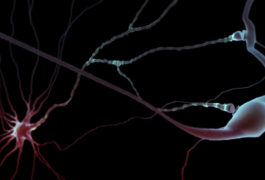
A drug that alters the balance of two key chemical messengers in the brain may help treat autism, suggests a proof-of-principle study.
Paternal age drives ‘geek index’ scores, GWAS may have a big weakness, serotonin boosts mouse social behaviors, and what is science Tinder?
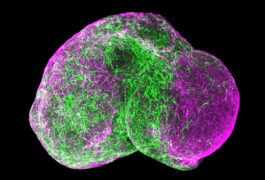
A new technique for building a ‘brain in a dish’ reveals how neurons move to their proper places during fetal development.
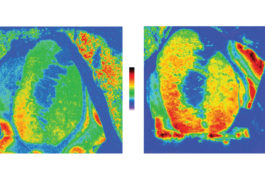
A brain circuit that controls movement is altered in people with autism, a postmortem brain study suggests.

A drug used to treat excessive swelling seems to ease autism features in some children on the spectrum.
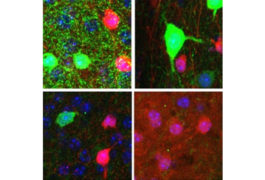
Removing the Rett syndrome gene, MeCP2, from distinct cells and brain regions reveals hidden features of the condition.
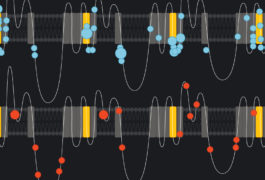
Some mutations in a gene called SCN2A make neurons less excitable and are linked to autism; others have the opposite effect and may cause seizures during infancy.
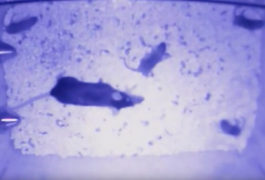
Researchers have traced an unusual maternal behavior in female mice modeling Rett syndrome to a neural circuit that processes sound. They have also found a drug that reverses this behavior.
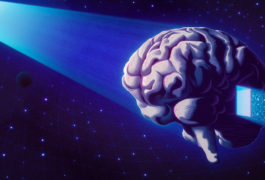
Scientists have discovered more than 100 new proteins at junctions in the brain that dampen neuronal activity.
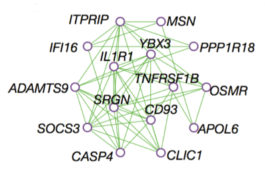
The brains of people with autism show a distinct molecular signature that reflects alterations in how genes are pieced together and expressed.